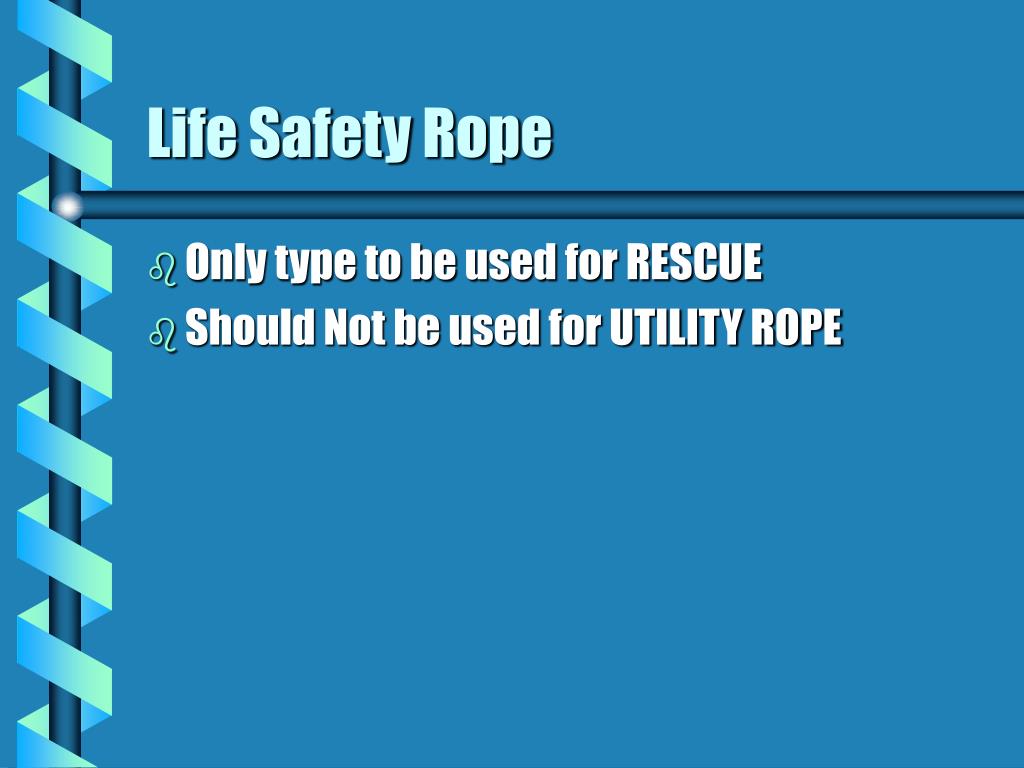

Regardless of the stated service life, the condition of the rope as determined by a qualified inspector is critical to determining whether it is still fit for life safety operations. While NFPA 1858 ( A.10.1.2) points to 10 years as the typical retirement age for life safety rope, it also emphasizes that the rope’s history and the amount and type of use can significantly shorten its lifespan ( A.6.1.8.1). Following the manufacturer’s specific instructions is also essential. To ensure rope performs reliably, the 2018 edition of NFPA 1858: Standard on Selection, Care, and Maintenance of Life Safety Rope and Equipment for Emergency Services establishes inspection requirements for life safety rope compliant with the 2017 edition of NFPA 1983: Standard for Life Safety Rope and Equipment for Emergency Services.

Damage also occurs from high stresses, impact-loading situations, kinking, and exposure to chemicals and various products. Repeated exposures to flame or otherwise high temperatures can cause degradation over time that leads to failure during use. Life safety rope can be severely damaged and fail when cut by a sharp edge or subjected to abrasion over rough surfaces. If education isn’t the reason for your visit today, view our online selection of rope. In this blog, we explore how to inspect life safety rope and keep an accurate history to determine whether it can remain in service or must be retired. In our previous post, we discussed NFPA requirements for cleaning and storing rope-procedures which extend a life safety rope’s service life. Proper inspection and record-keeping are essential to determine if the rope is still safe for use during rappelling or rescue operations. Life safety ropes are regularly exposed to conditions that could lead to dangerous damage and put firefighter’s lives at risk.

Life safety rope service life and NFPA requirements for inspection


 0 kommentar(er)
0 kommentar(er)
